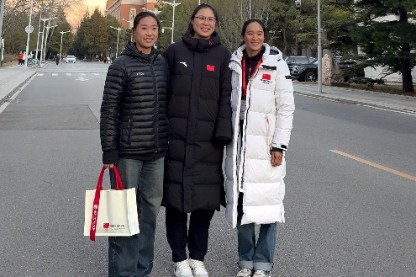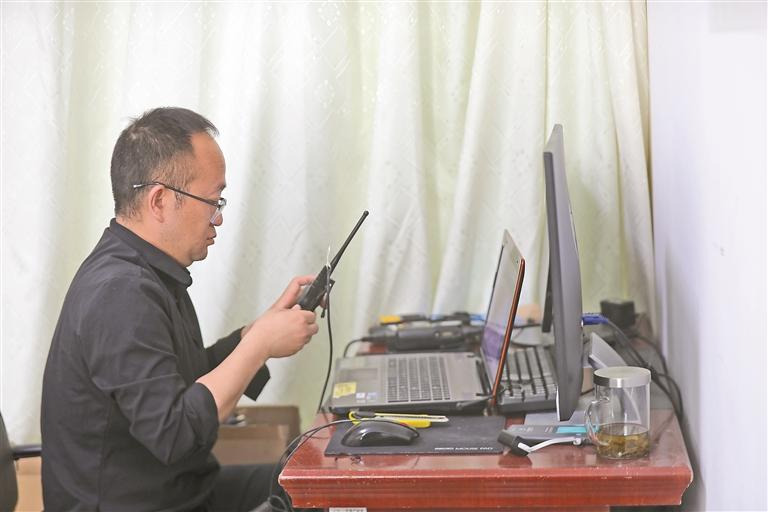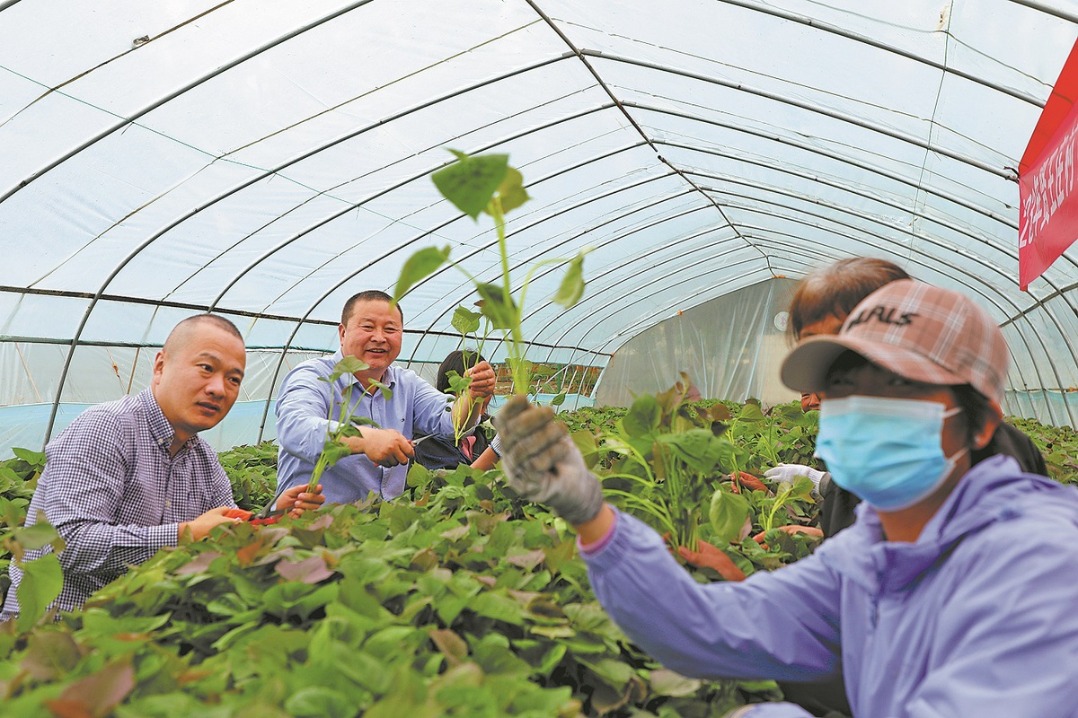Chinese scientists innovate remediating cadmium-contaminated water, soil

HEFEI -- Chinese scientists have discovered a novel approach to removing cadmium from contaminated water and soil by magnetic iron-based carbon microsphere prepared by co-hydrothermal treatment of tobacco waste liquid and waste iron residue.
The findings were published in the American Chemistry Society academic journal Langmuir in April.
Cadmium contamination becomes increasingly severe as industries, such as metallurgy, electroplate, pigment, mining, and battery, are developing rapidly in recent years.
The study, led by Wu Zhengyan of the Institute of Intelligent Machines, the Chinese Academy of Sciences, and Cai Dongqing of Donghua University, provides a new way to handle cadmium-contaminated water and soil and a new method to deal with tobacco waste liquid and waste iron residue. The latter may otherwise pollute the environment.
The research team spent about one year on the study. They estimated that 12 tonnes of iron-based carbon microsphere, made from 10 tonnes of waste-iron residue and 20,000 liters of tobacco waste liquid, can remediate 120,000 liters of cadmium-contaminated water with a concentration of 10 mg per liter, according to Wu.




































